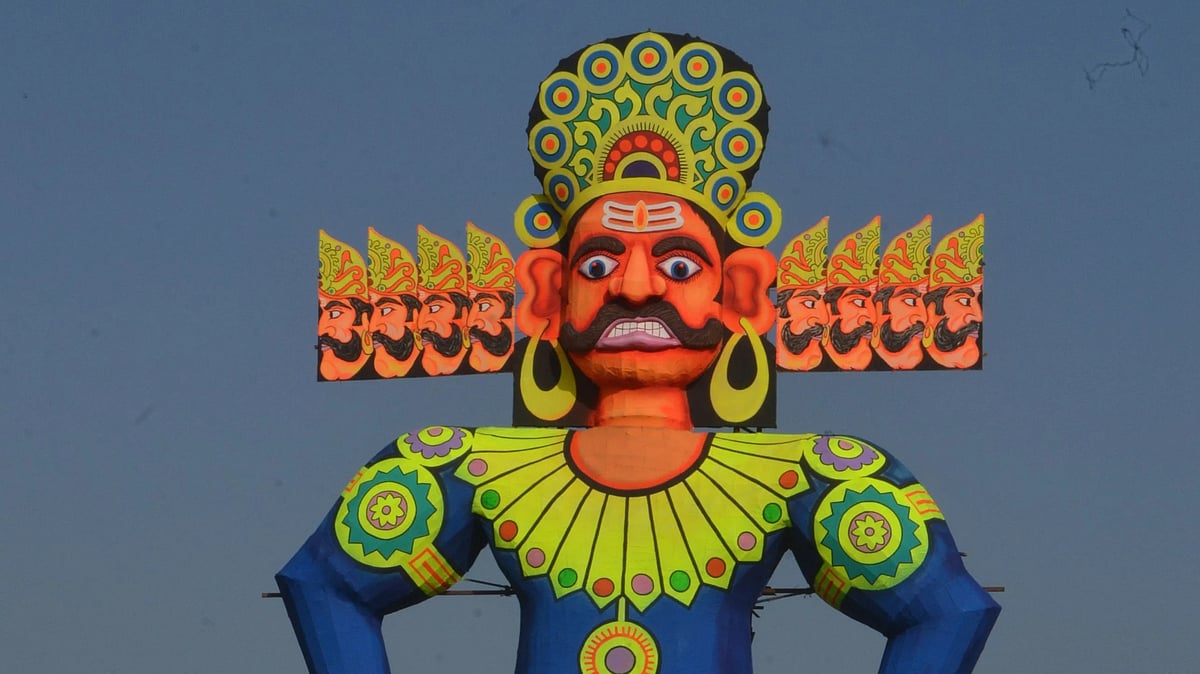India is staring down the barrel of a significant crisis. The nation has received 20% less rainfall during the ongoing monsoon season, a shortfall that threatens to derail both agricultural and industrial production. The Central Water Commission’s recent statement is alarming: about 150 water reservoirs across the country are at less than 25% capacity. This dire situation is impacting not only water supply but also power generation, creating a ripple effect of shortages and challenges. In Delhi, the situation has reached a boiling point. Minister Atishi Singh’s threat to go on hunger strike underscores the desperation felt in the national Capital. Delhi’s heavy reliance on Haryana for water has become a flashpoint, with Haryana blaming the inadequate monsoon for its inability to fulfil Delhi’s water needs. This interdependence highlights the broader issue of resource distribution and management in times of scarcity.
Adding to the woes, many areas in the north, including the New Capital Territory, are grappling with an intense heatwave. The Meteorological Department’s hopeful predictions of imminent monsoon rains offer little comfort, as cases of sunstroke and heat-related deaths continue to rise. The sweltering heat has also led to a spike in electricity demand, primarily for air-conditioning, straining the already beleaguered power supply system. The Power Ministry’s report of a record demand of 89 GW in northern India underscores the severity of the situation. This unprecedented demand is forcing the government to look beyond the northern grid. Augmenting supply with power from southern, western, and northeastern grids, and even considering imports from Bhutan, highlights the interconnectedness and vulnerability of India’s power infrastructure. However, these measures are stop-gap solutions to what is becoming a crisis of epic proportions.
What India needs now is a concerted, cooperative approach to address this multifaceted crisis. The first step is acknowledging the gravity of the situation. There must be a national consensus on how to tackle these challenges in the best interests of the country. Political differences should be set aside to forge a unified strategy that includes improving water management, enhancing power generation capabilities, and implementing sustainable agricultural practices. Long-term solutions should focus on bolstering infrastructure to better withstand such climatic variances. Investments in renewable energy, efficient water usage, and resilient agricultural practices are crucial. Additionally, enhancing cooperation between states and ensuring equitable resource distribution can mitigate regional disparities during such crises. Politics must take a backseat to pragmatic and immediate action.










